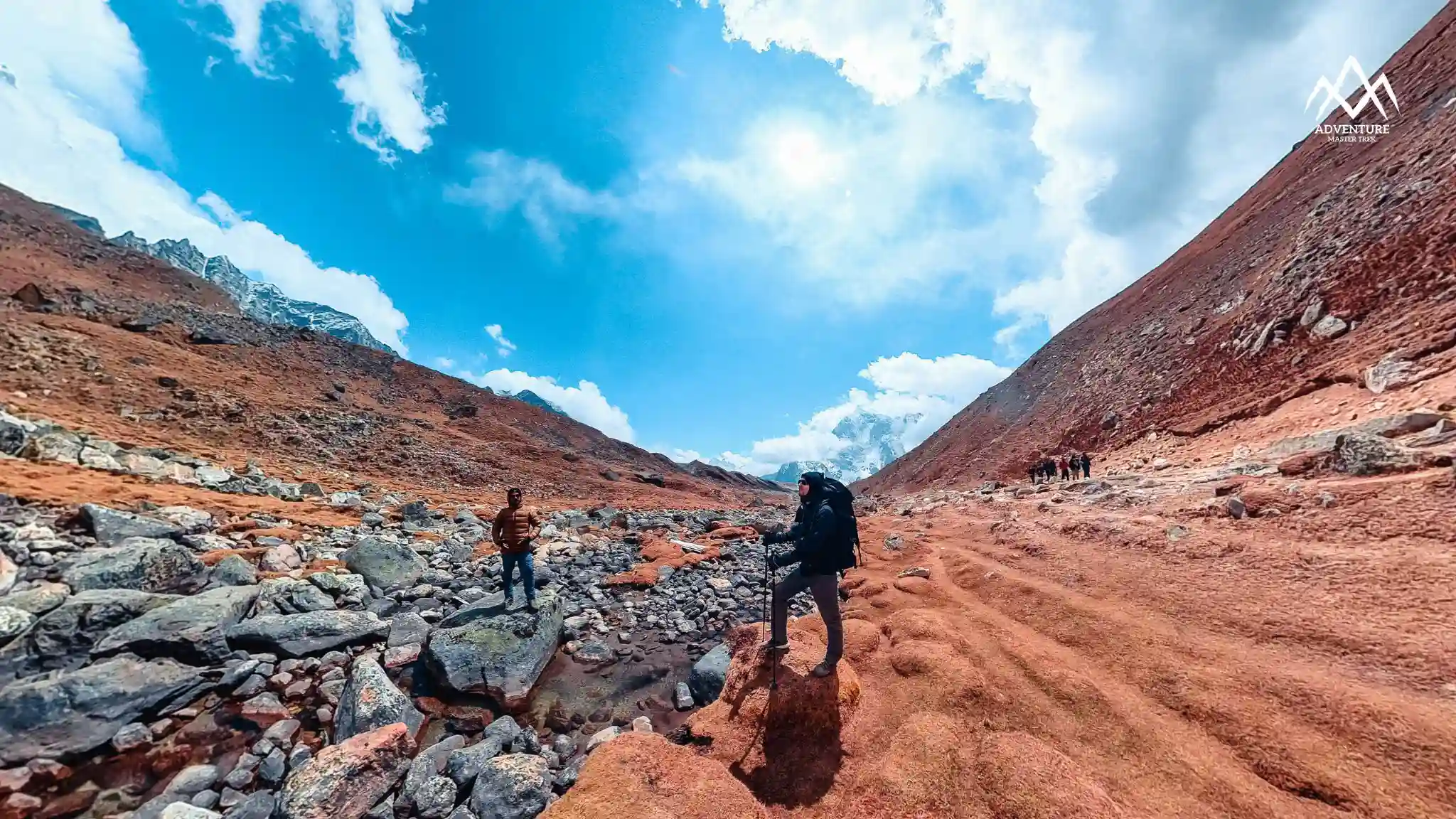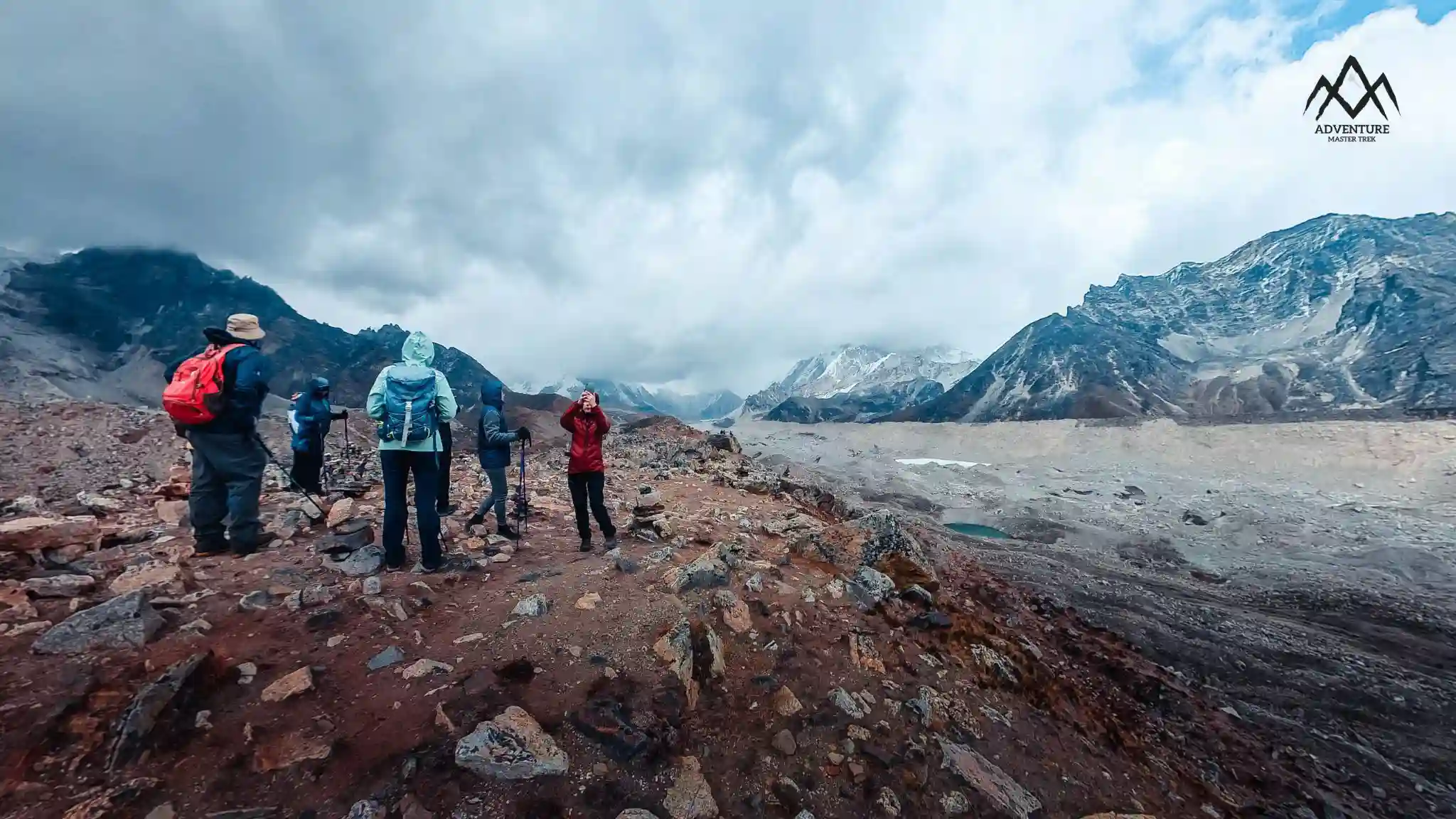Embarking on a high-altitude trek is a dream for many adventurers. Whether you’re planning to conquer the heights of the Everest Base Camp or any other majestic summit, preparation is key. Proper fitness preparation not only enhances your trekking experience but also ensures safety and well-being throughout your journey. This guide provides a comprehensive approach to getting physically and mentally ready for your next high-altitude adventure.
Understanding High-Altitude Trekking
High-altitude trekking involves walking in environments where the air is thinner and oxygen is scarcer. This can pose serious challenges to your body and mind. Preparation should start months in advance, focusing on cardiovascular fitness, strength training, and altitude acclimatization.

-
Cardiovascular Conditioning
Why It’s Important: At high altitudes, your heart needs to pump harder to deliver oxygen to your muscles. Strong cardiovascular health ensures you can sustain long trekking days.
How to Prepare:
– Aerobic Exercises: Engage in activities like running, cycling, swimming, or stair climbing. Start with moderate sessions and gradually increase intensity and duration.
– Consistency is Key: Aim for at least 150 minutes of moderate aerobic activity or 75 minutes of vigorous activity each week.

-
Strength Training
Why It’s Important: Trekking involves carrying a backpack over uneven terrain, which demands muscular strength and endurance.
How to Prepare:
– Core Workouts: Strengthen your core muscles, which improve balance and reduce fatigue. Include planks, oblique twists, and leg raises in your routine.
– Leg Strength: Focus on your quadriceps, hamstrings, calves, and glutes. Squats, lunges, and leg presses are beneficial.
– Back and Shoulders: Strengthening your back and shoulders will help you manage your backpack better. Practice rows, pull-ups, and shoulder presses.

-
Altitude Acclimatization
Why It’s Important: Acclimatization helps your body adjust to lower oxygen levels, reducing the risk of altitude sickness.
How to Prepare:
– Pre-Trek High Altitude Visits: If possible, spend time at higher elevations before your trek.
– Simulated Altitude Training: Use a hypoxic training mask or visit a facility that offers altitude training rooms.

-
Mental Preparation
High-altitude trekking is as much a mental challenge as a physical one. Prepare your mind to handle unexpected challenges and discomfort.
How to Prepare:
– Visualization: Regularly visualize successful days on the trek. Imagine yourself overcoming difficult stretches and reaching your goals.
– Stress Management Techniques: Practice meditation, yoga, or deep-breathing exercises to enhance mental resilience.

Brownie: Practical Tips for a Successful Trek
– Nutrition: Focus on a diet rich in carbohydrates, proteins, and healthy fats. Hydrate more than usual to counteract the dry air at high altitudes.
– Gear and Clothing: Invest in high-quality gear and dress in layers to adapt to changing conditions.
– Health Check-ups: Ensure you are medically cleared for high-altitude travel by a healthcare provider.

Conclusion
Preparing for a high-altitude trek involves comprehensive physical training and mental readiness. By following these guidelines, you’ll be well-equipped to enjoy the breathtaking views and personal triumphs that come with reaching the summit. For those aspiring to tackle the iconic Everest Base Camp, consider the [Everest Base Camp Helicopter Return Trek], which combines the thrill of hiking with the awe-inspiring experience of a helicopter ride back from the base camp.
Remember, every step you take towards preparing for your trek increases the safety and enjoyment of your adventure. Start training today, and you’ll be ready to face the high altitudes with confidence.

